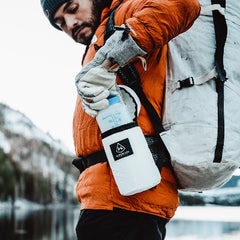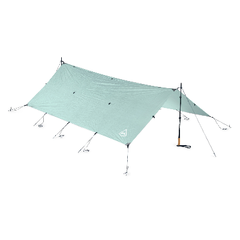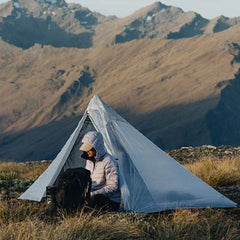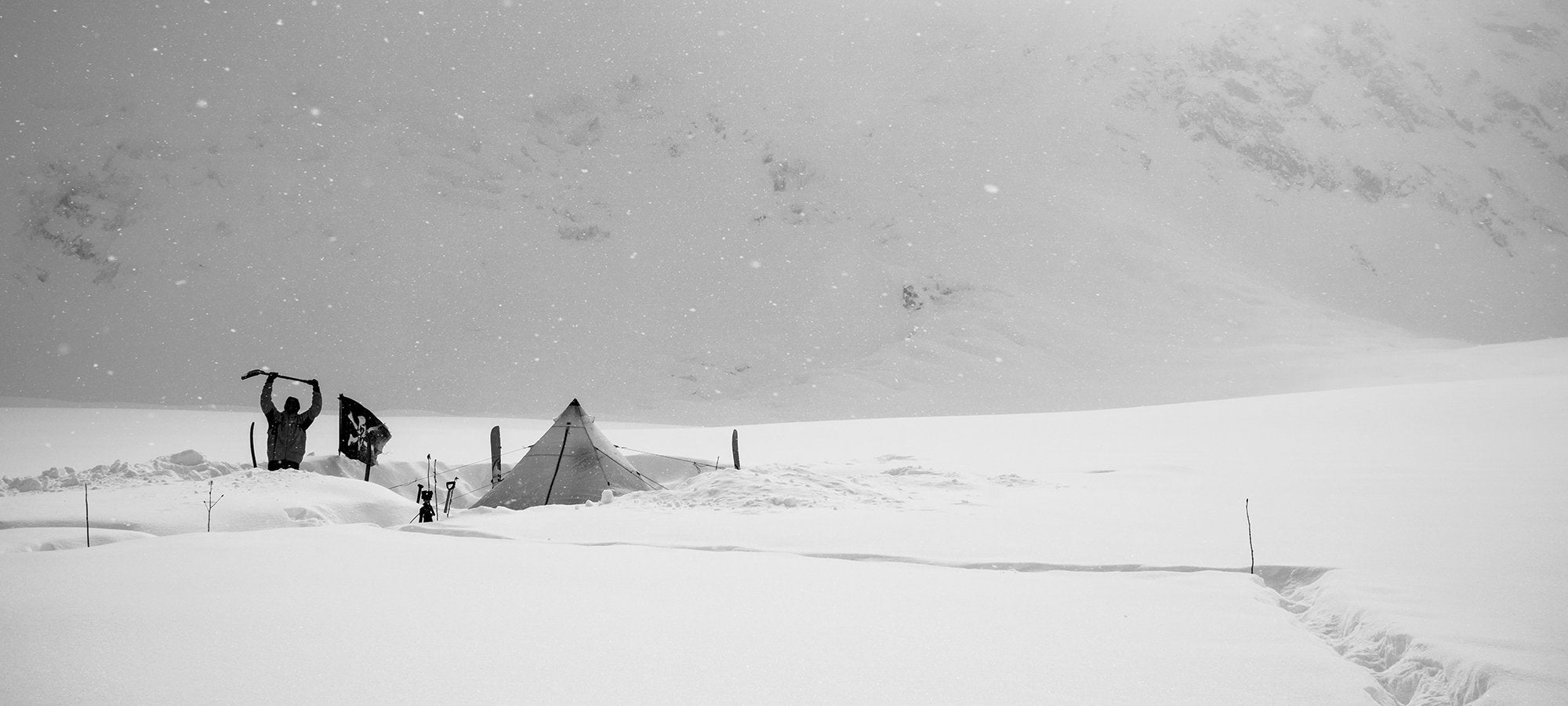Words by Cam "Swami" Honan
One of many ways in which a hiker can lower his or her pack weight is by using multi-purpose gear. A standard backpacking kit is literally full of such items.
“If you can’t ride two horses at once you shouldn’t be in the circus.” – James Maxton (1885-1946)
Before heading out into the wilderness on your next big trip, try the following exercise. Clear the living room floor and spread out all of your stuff. Examine each and every article and ask yourself three questions:
- Do I really need it?
- What will happen if I don’t have it?
- Am I already packing something that would do the same job?
Hikers are often surprised at the amount of redundant gear they have been carrying out of habit rather than necessity.
By eliminating duplicate items whenever possible, not only do you lighten your load, but equally importantly, you also help to simplify your wilderness experience. Not so strangely enough, the same principle generally holds true for our everyday lives as well.
Here are fifteen examples of multi-purpose backpacking gear:
Cooking Pot: Can act as a bowl, cup, washing vessel and rehydrating container for those that are going stoveless.


Smart Phone: Cell phone, camera, GPS, music player, recording device, journal.
Trekking Poles: Can be used to hold up many lightweight tents and tarps. Provide extra stability when fording fast flowing rivers.

Backpack: Placing your backpack underneath your feet at night, allows you to use a 3⁄4 length rather than a full length sleeping mat. It’s not as uncomfortable as it sounds. It’s good for you as well, as after a long day on the trail having your feet raised helps to decrease swelling in the lower extremities.
Tent Peg: In addition to its primary role, sturdier type pegs (e.g. snow stakes) can be used in lieu of a potty trowel to dig cat holes.
Sleeping Mat: Can be employed as a makeshift frame sheet to give structure to a frameless backpack. Closed cell foam models are good for sitting and stretching on during breaks. They also come in handy in case you are overcome by the urge to slide down a waterfall.

Duct Tape: Can be used instead of adhesive strips or moleskin. Great for gear repairs in the field.
Bandana: Towel, water filter, neck protection, pot cleaner, tent drier, hanky, face covering during sand storms, can be worn as makeshift gaiters when the trail is overgrown and, finally, very useful if you are low on trail funds and decide to hold up a 7-Eleven.

Baking Soda: Cleaning pots and drinking bottles. Toothpaste substitute. Helps to remove foot odor from shoes. Antacid for tummy rumblings. Assists in relieving itching associated with insect bites, bee stings and poison ivy/oak. Underarm deodorant substitute; at the end of your hike it’s always nice to smell a little better in case you need to hitch back to your car!
Dental Floss: Doubles as sewing thread.

Sleeping Quilt: If temps drop lower than expected, a quilt can be draped over your shoulders on chilly mornings and evenings around camp.
Umbrella: Represents an unbeatable combination of shade, ventilation and, of course, wet weather protection. Not so great in high winds or when hiking through overgrown terrain.
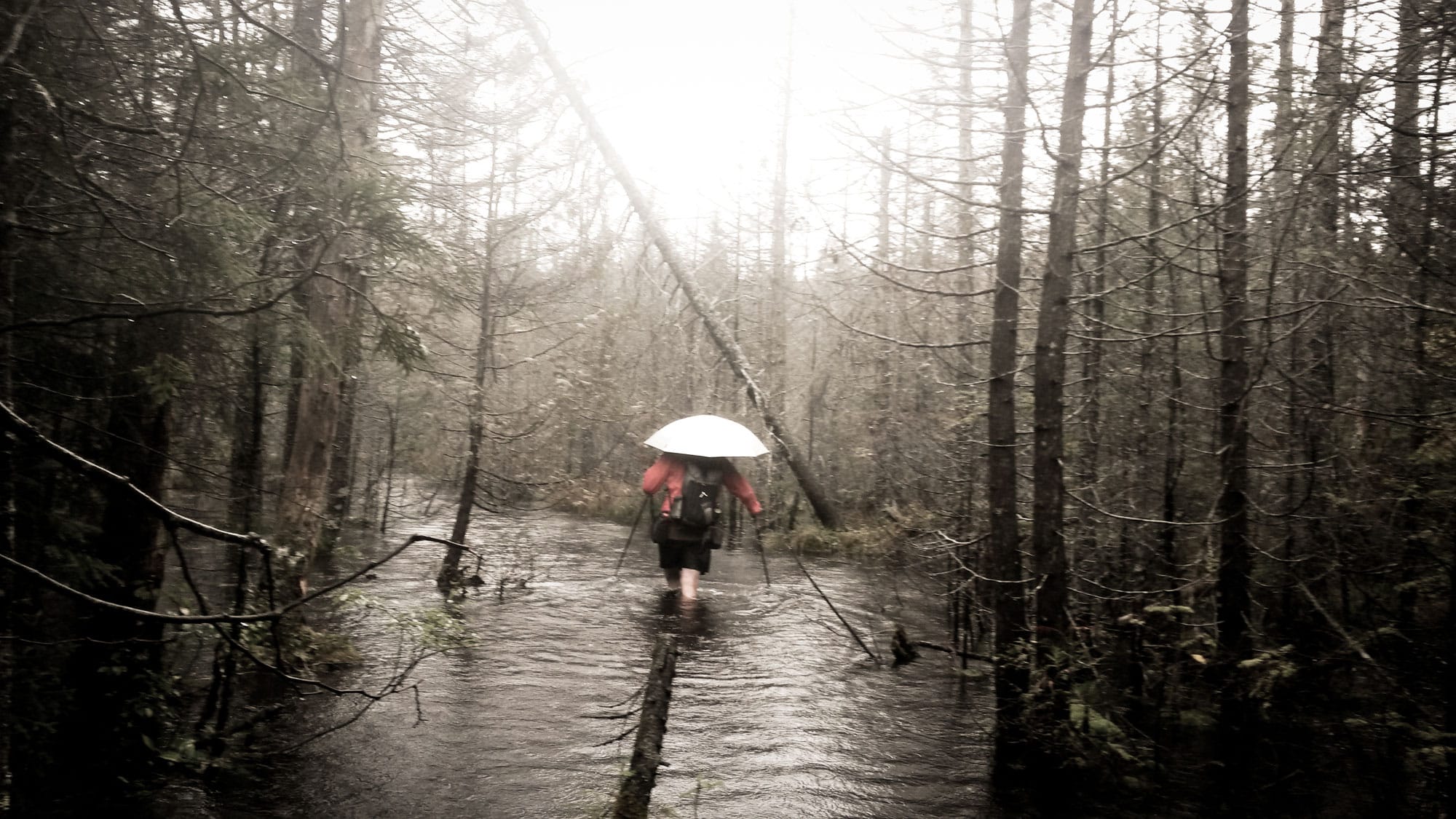
Hydration bladder: If extra clothes aren’t doing the job, you can inflate your empty hydration bladder and use it as a makeshift pillow.
Socks: Can be used instead of mittens.
Poncho Tarp: Can serve as shelter, pack cover, rain protection and ground sheet. Along with the bandana and baking soda, arguably the ultimate multi-purpose backpacking item.
Cam Honan is an accomplished hiker who runs www.thehikinglife.com and as of 2016 has hiked more than 57,000 miles in over 56 countries across the globe.
The post Double Duty: Lightening Your Backpacking Load with Multi-Purpose Gear appeared first on Hyperlite Mountain Gear Blog.

